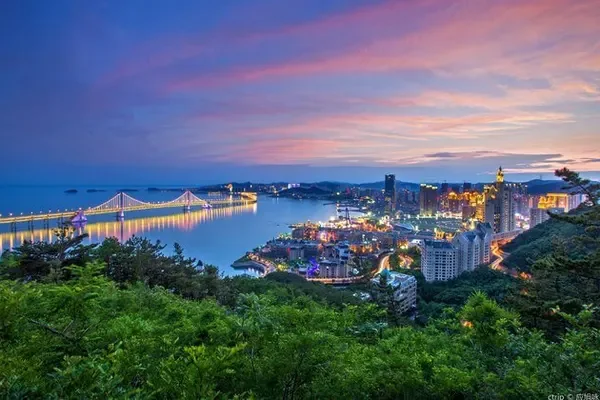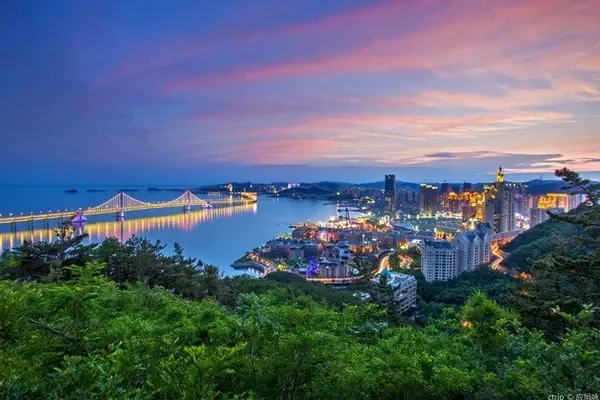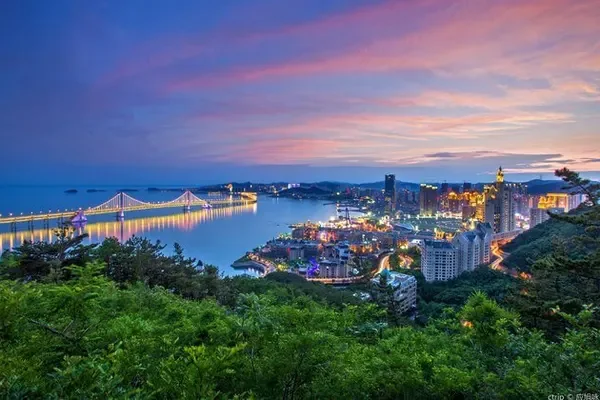introduce
Burqin County belongs to Altay, located in the northern part of the Xinjiang Uygur Autonomous Region, at the southwestern foot of the Altai Mountains, along the northern edge of the Junggar Basin, bordering Kazakhstan, Russia, and Mongolia in the north and northeast, and is one of the two counties bordering Russia in western China. The national border is 218 kilometers long, and there are many rivers in the territory. It is the only place to pass through the two border trade ports in the northwest of Xinjiang. It borders Mongolia in the northeast, Altay City in the east, Habahe County in the west, and Jimunai County and Fuhai County in the south. Burqin County is home to 20 ethnic minorities including Kazak, Hui, and Mongolian, and the county government is located in Burqin Town. Burqin County is rich in agricultural resources, suitable for planting spring soybeans, spring wheat, corn, oil sunflower and other crops. On January 25, 2019, Burqin County was selected as the 2018 National "Safe Agricultural Machinery" Demonstration County.




